The sort of things that no one shows in public. All Anonymous. ◽Nudes•Amateur •Pornstars•Vids◽ feel yourself free to Send Your Content ◾Couple or single nudes◾
118 posts
Latest Posts by asgoodasyoucansee - Page 2
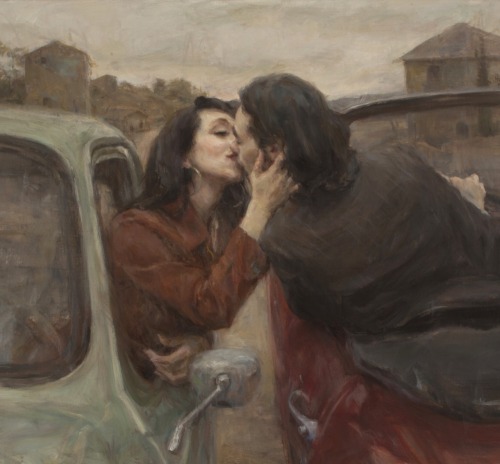
Ron Hicks





Andrew Wyeth (American, 1917 - 2009) Doors & Windows





Hyper-realistic Paintings by Robin Eley


Hyperrealistic Painting by Sebastian Kruger





Hyperrealisic Paintings by Marcello Petisci

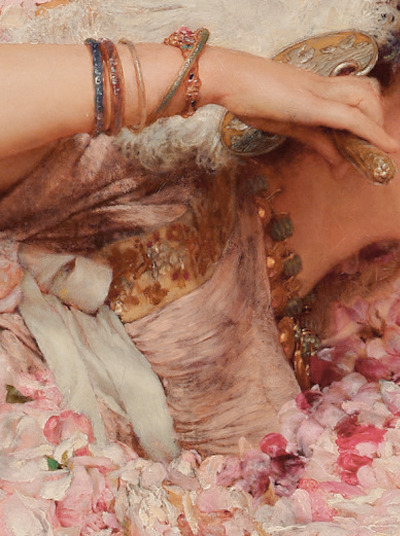
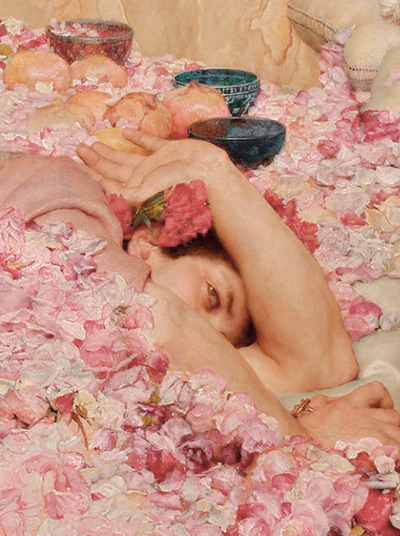
Sir Lawrence Alma-Tadema,The Roses of Heliogabalus (1888) details.

Women of Amphissa - L. Alma-Tadema, 1887
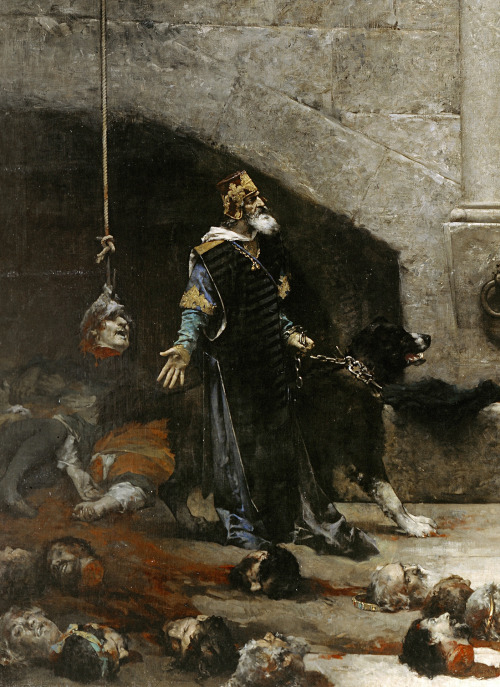
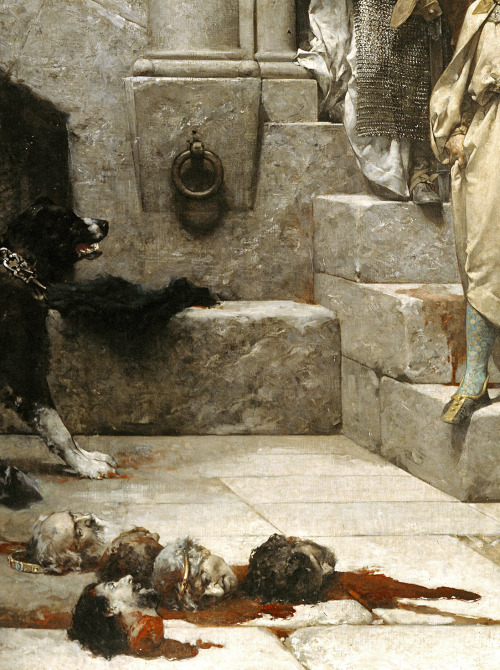
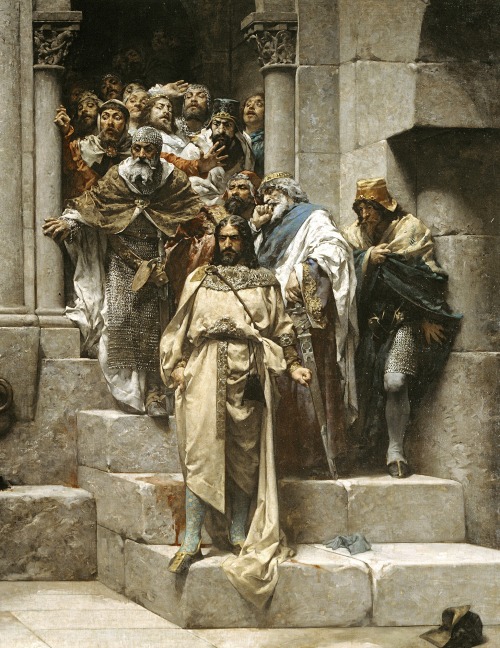
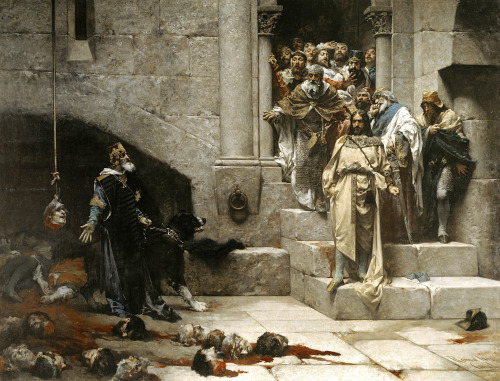
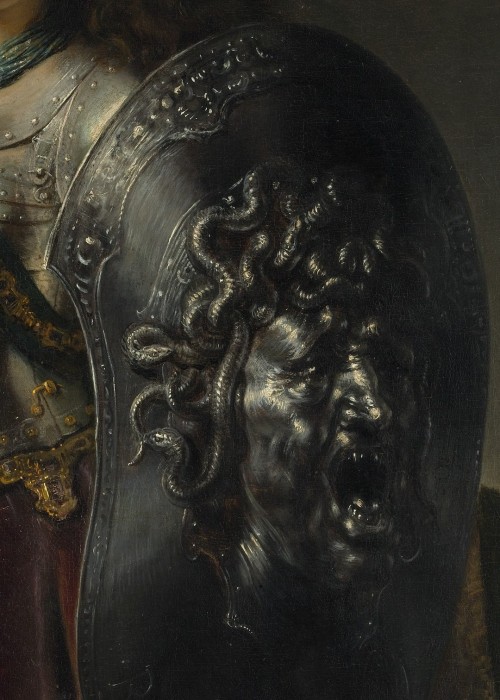
Rembrandt, ‘Bellona’ (Detail)

Madame X (Madame Pierre Gautreau) by John Singer Sargent, 1883–84 (detail)
The Metropolitan Museum of Art
John Singer Sargent created this portrait with the intention of turning it into the highlight of his professional career but was instead met with unprecedented criticism when he first exhibited it in public. The reason behind this was the fact that the sitter was visibly wearing make-up (notice the red lips and the difference of colour between the sitter’s ear and her skin), a device widely used by contemporary actresses and prostitutes. Make-up was seen as an artifice reserved for women of ill repute and for a high society woman to be represented in an official portrait wearing it was considered scandalous at best. The sitter for this painting refused to buy it due to the negative comments that it had received and it thus ended up staying in Sargent’s studio for years.


Alexandre Cabanel “Fallen Angel” detail.

“Among The Ruins”, 1904
Sir Lawrence Alma-Tadema

The Expulsion of Adam and Eve from the Garden of Paradise by Alexandre Cabanel

Peter Paul Rubens, Expulsion from the Garden of Eden, detail (1620)

The Massacre Of The Monks Of Tamond 1855
Sir Lawrence Alma-Tadema

Spring
Eugène Grasset
1894

Alexandre Cabanel, Phaedra, 1880.

Antoine Calbet - Ondines

Spring Rain (Ecstasy)
Robert G. Harris
Ladies’ Home Journal Illustration, December 1946

John Everett Millais - Joan of Arc (1865)

Hugues Merle.” Mother and Child “

Diadumenè (1885, revised 1893). Sir Edward John Poynter (British, 1836-1919). Oil on canvas.
Diadumenè, derived from the Esquiline Venus and named after the Diadumenos of Polyclitus, originally exhibited at the RA in 1885 as a nude, inspired a debate regarding the nude in art. Poynter, despite his strong stance against his critics, was compelled to add drapery. The small bronze statue in the background echoes Diadumenè’s pose, but its still undraped state is a reminder of Poynter’s original intentions for the work.

John William Waterhouse, Mermaid ( 1900 )

Monreale, Jakub Schikaneder

Maximilian Pirner (1854 – 1924) The End of All Things (1887). National Gallery in Prague. http://www.ngprague.cz/
Максимилиан Пирнер (1854 – 1924) Конец всех вещей (1887). Национальная галерея, Прага.


Franz Von Stuck

Progress of this watercolour lady I started yesterday! 😊

Thomas Francis Dicksee, Juliet ( 1877 )





Golden light // European paintings
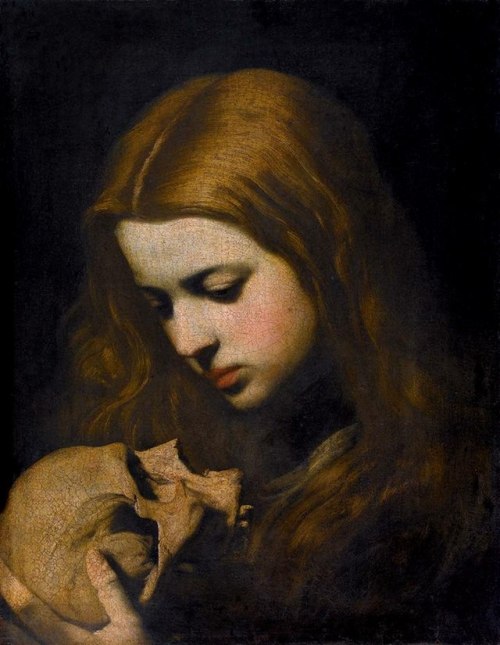
Jusepe de Ribera Maria Magdalena in Meditazione, 1623